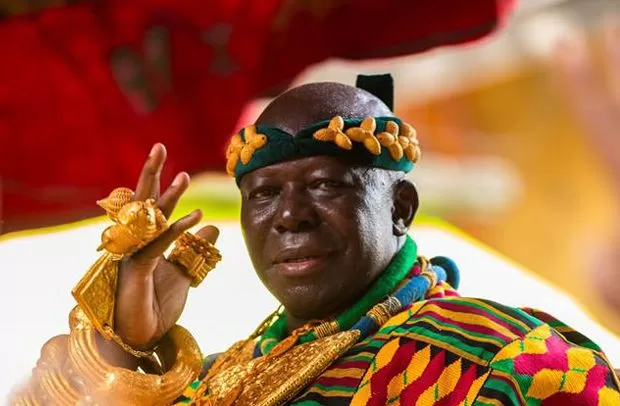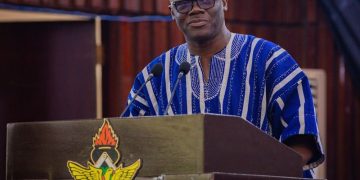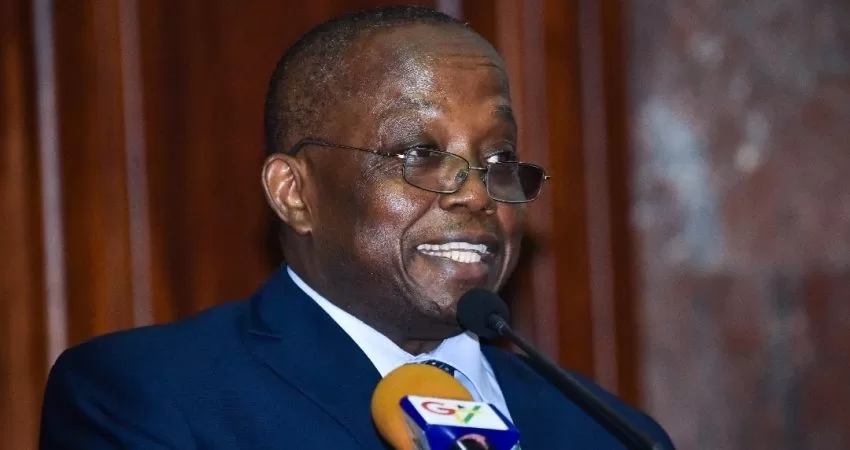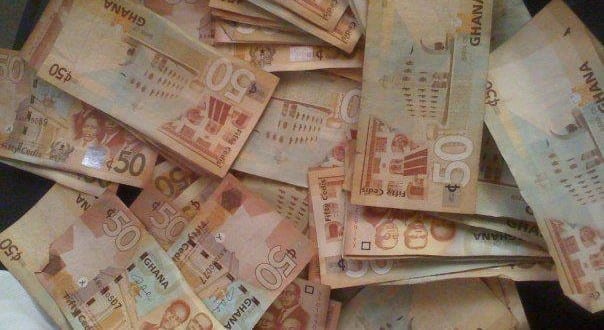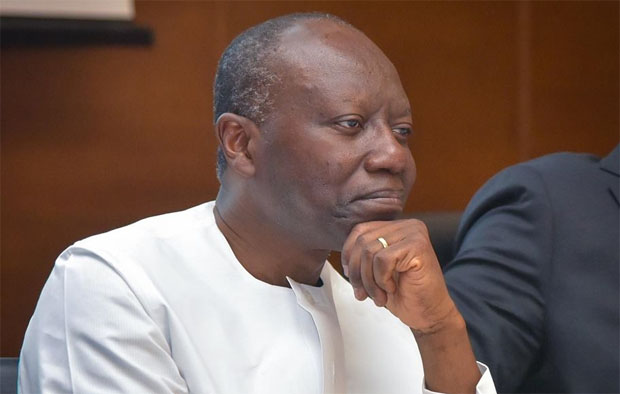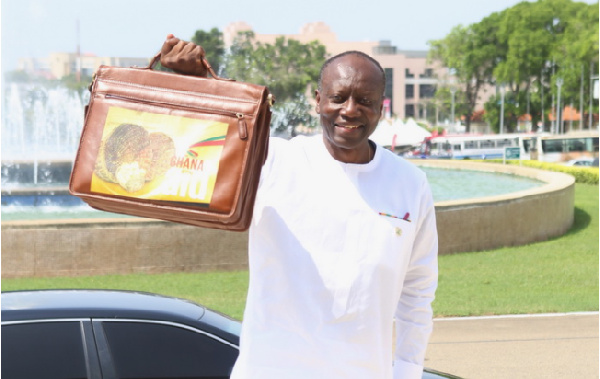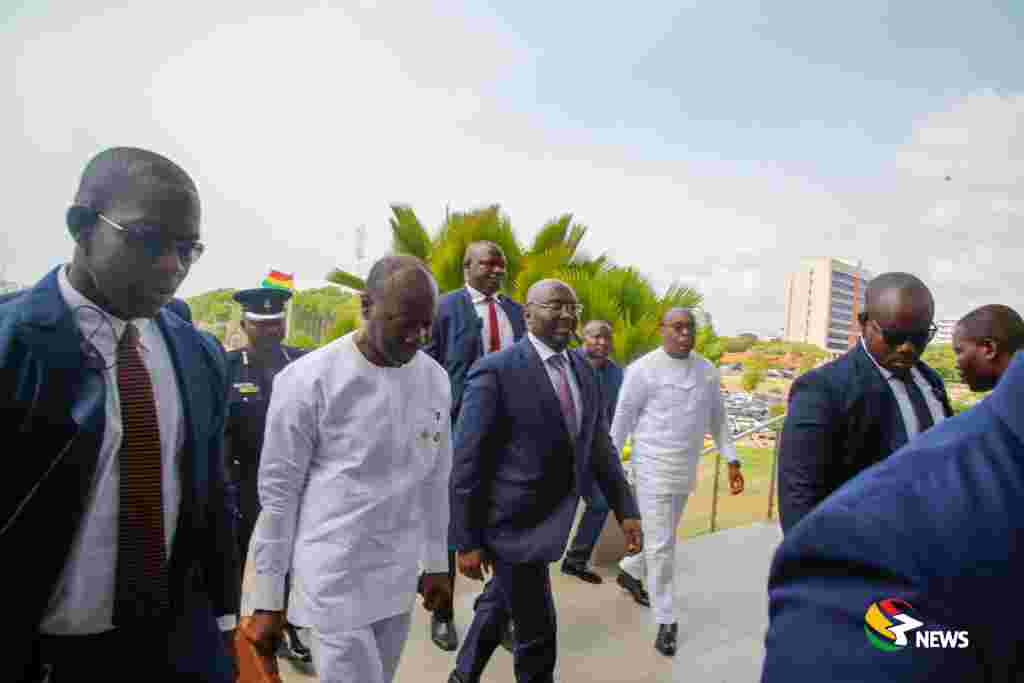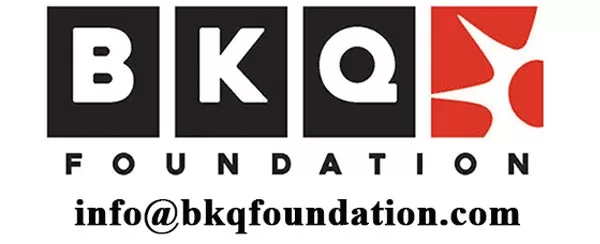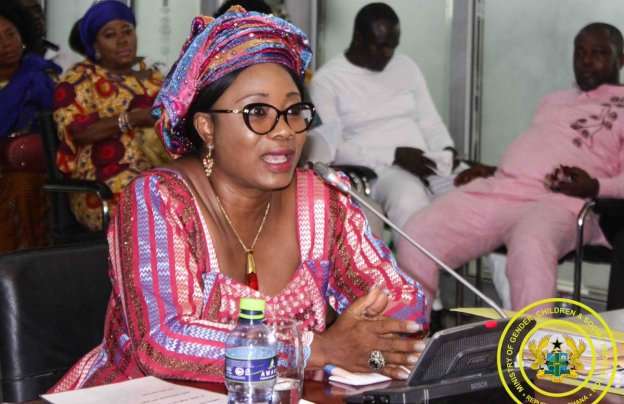The Finance Minister, Ken Ofori Atta has put the country’s debt, as at the end of September 2018, to GH¢170.8 billion. This, he explained, comprises external and domestic debt of GH¢86.6 billion and GH¢84.1 billion respectively. “The overall rate of debt accumulation in 2018 is 19.8 percent, driven primarily by the cost of the clean-up of the financial sector, involving resolution of the seven (7) defunct banks,” the minister announced when he presented the 2019 budget and financial statement of government on Thursday. The country’s debt stock as at September 2016 was GH¢112.4 billion, according to a summary of economic and financial data released by the Bank of Ghana (BoG). According to him, the rate of debt accumulation would have been 11.5 percent without the “clean-up exercise” occasioned by the banking crisis. “Mr. Speaker, public debt (including financial sector bailout) as a percentage of GDP stood at 70.7 percent at the end of September 2018 compared with 69.2 percent during the same period in 2017. The public debt stock (excluding the financial sector clean-up cost) as a ratio of GDP is 66.5 percent. In terms of the rebased GDP, the public debt to GDP ratio is 57.2 percent (including financial sector clean-up cost) and 53.9 percent (excluding clean-up cost).” Ken Ofori-Atta also touched on the clean-up of the country’s “heavily indebted energy sector”. He announced that following the establishment of the Energy Sector Levy Act (ESLA) bond programme in 2017, government has steadily settled over GH¢5 billion in legacy debts and aged payables towards the goal of a financially viable and competitive power sector. The 2019 budget statement is theme: “A stronger Economy for Jobs and Prosperity” Source: 3news.com | Ghana]]>
Recent Posts
- Mahama’s Transition Team committed to Ghana’s best interests – Beatrice Annan
- Three dead, several injured in accident on Cape Coast-Accra highway
- Re-collation: Supreme Court quashes results in Tema Central, Ablekuma North, Techiman South, Okaikwei Central
- Mandamus application to be heard by new High Court judge – Supreme Court rules
- NPP sacks MP for Agona West Cynthia Morrison, 279 others from party
- The ECOWAS Bank for Investment and Development wins the Africa Sustainability Award
- Ghanaian sports journalist Naa Shika Stargurl shines on global stage
- Central Regional Minister to go to Court over her dismissal from NPP?
Popular Stories
-
NPP sacks MP for Agona West Cynthia Morrison, 279 others from party
-
Mahama’s Transition Team committed to Ghana’s best interests – Beatrice Annan
-
Agona West NPP expels Regional Minister, 282 others for anti-party activities
-
Central Regional Minister to go to Court over her dismissal from NPP?
-
Three dead, several injured in accident on Cape Coast-Accra highway

ABOUT US
Newstitbits.com is a 21st Century journalism providing the needed independent, credible, fair and reliable alternative in comprehensive news delivering that promotes knowledge, political stability and economic prosperity.
Contact us: [email protected]
@2023 – Newstitbits.com. All Rights Reserved.




